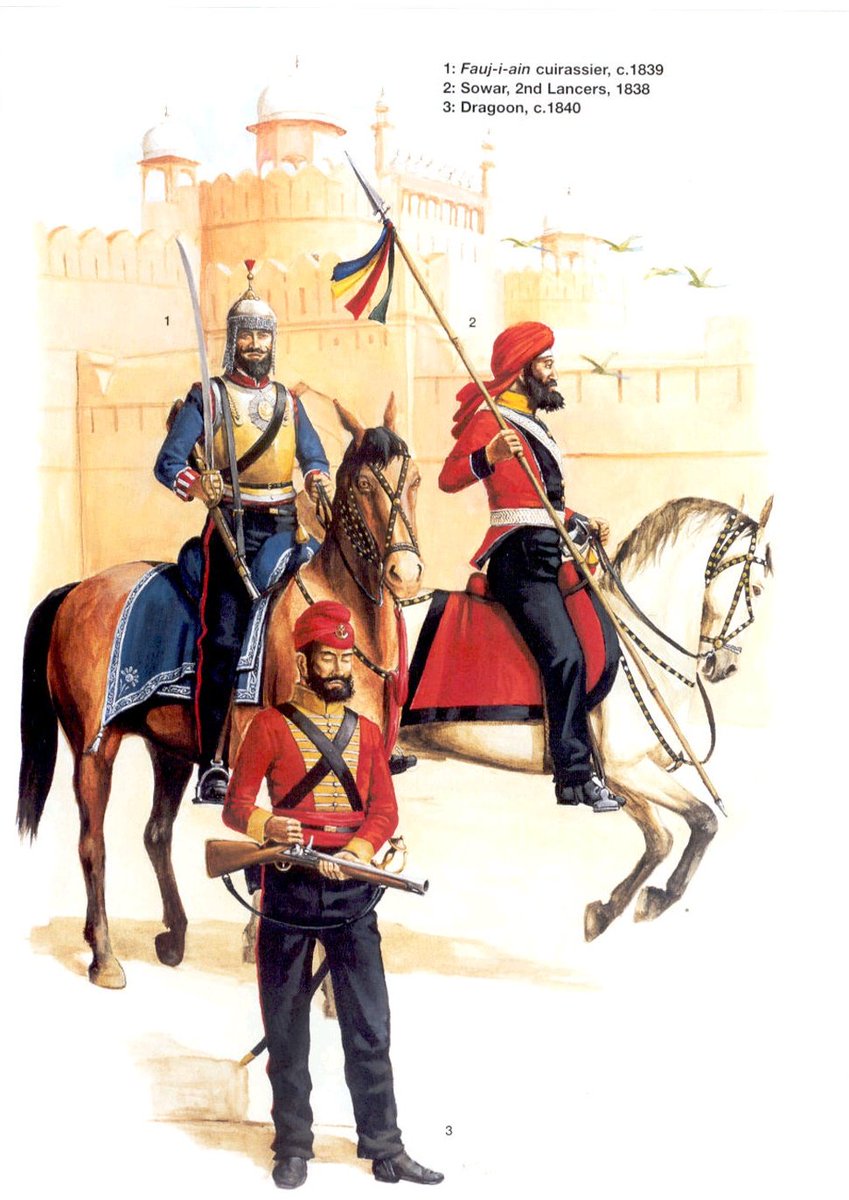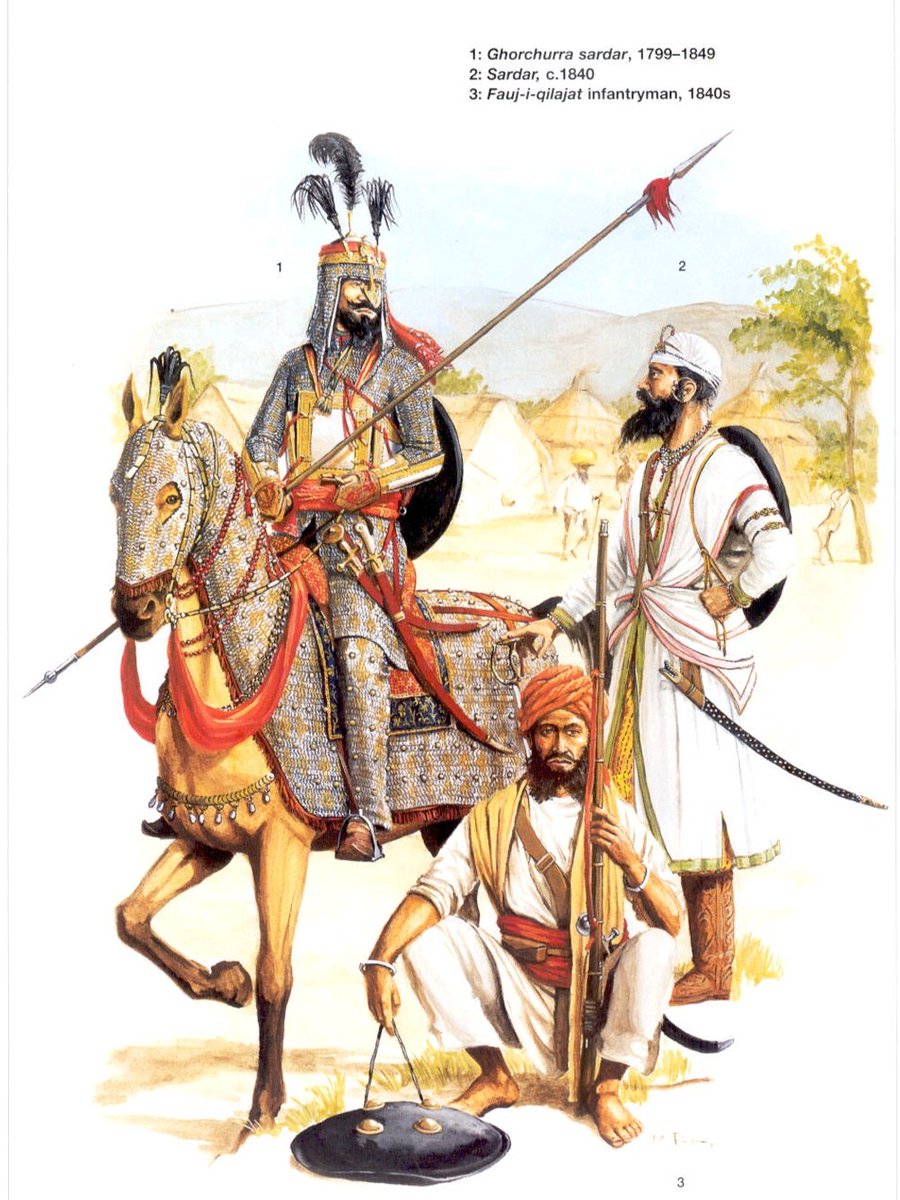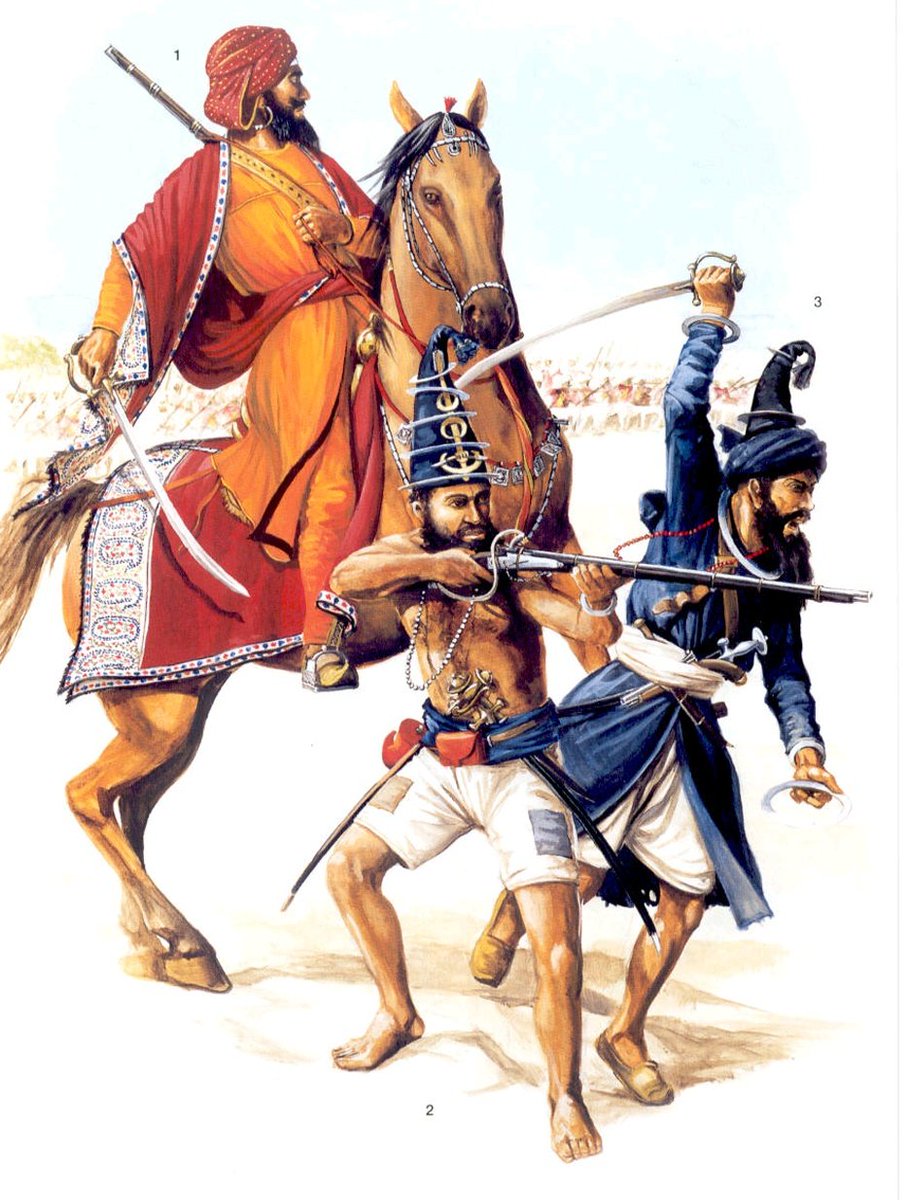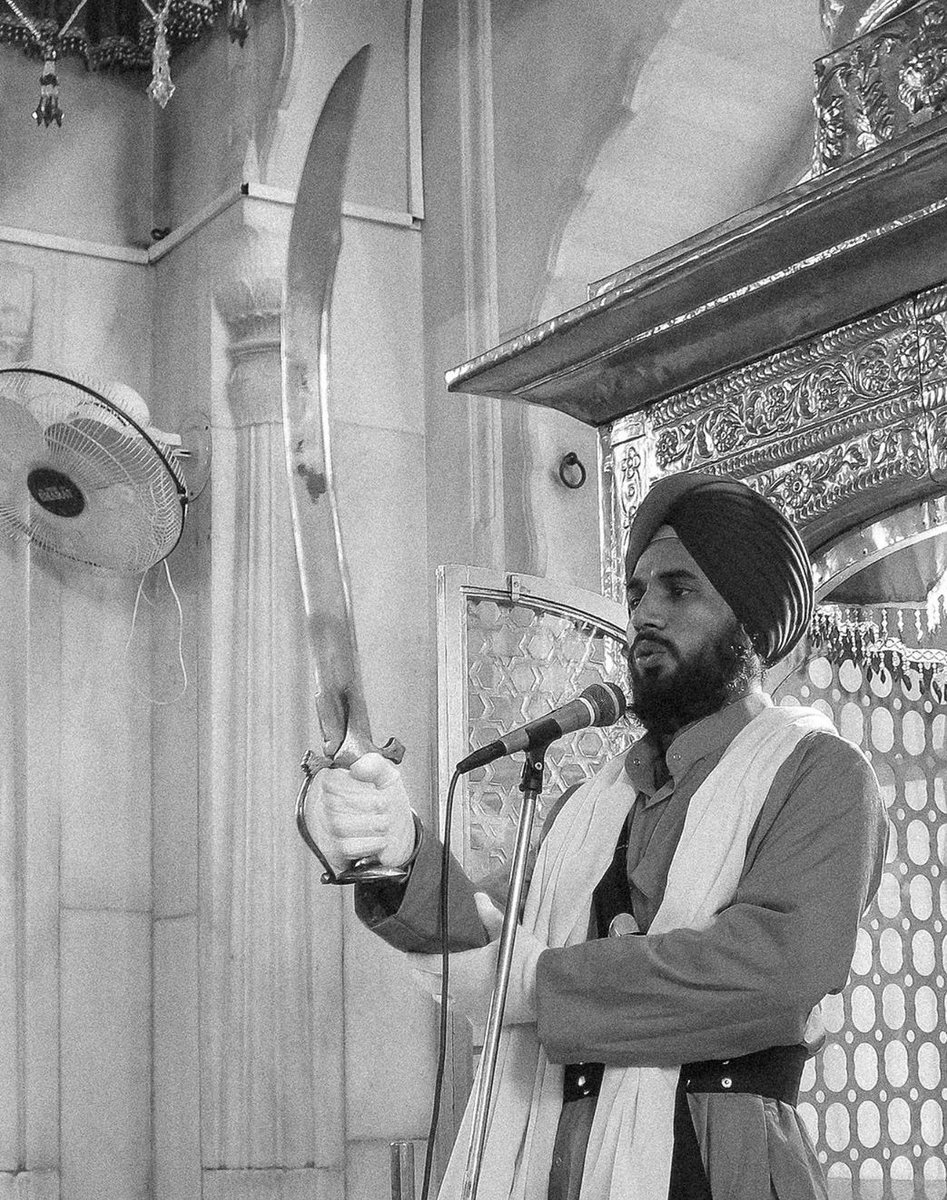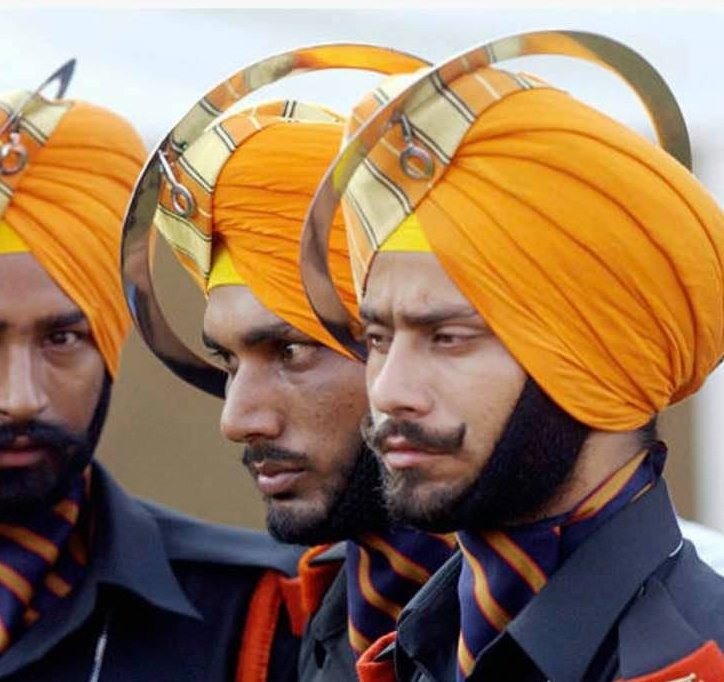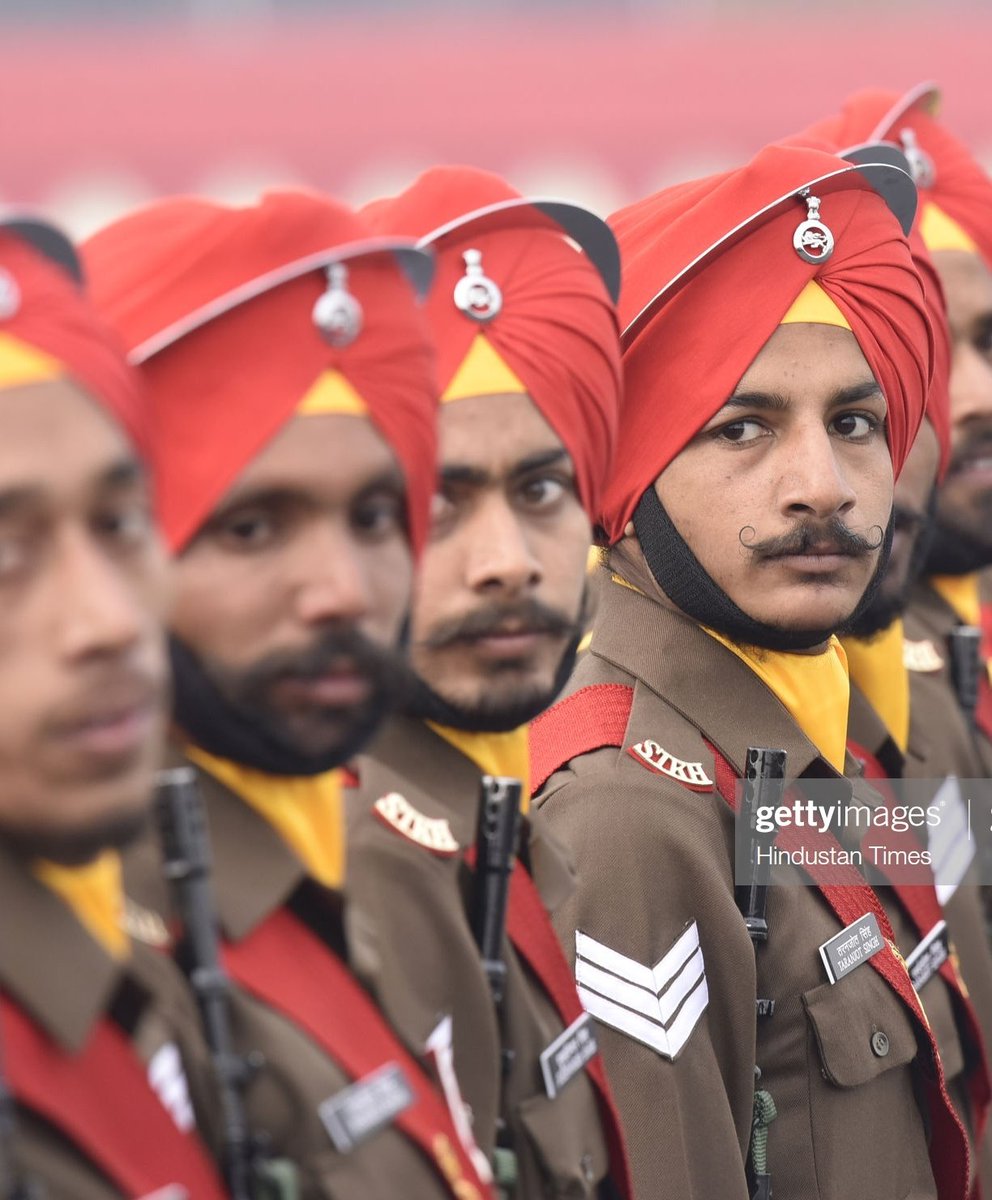Modernisation of Ranjit Singh's army:
"You cannot take a knife into a gunfight."
It was need of the hour for the last independent empire of India, The Sikh Empire to adopt Western style of warfare.
Punjab 1765-1846 was controlled by Misls & made into an empire from 1803.
"You cannot take a knife into a gunfight."
It was need of the hour for the last independent empire of India, The Sikh Empire to adopt Western style of warfare.
Punjab 1765-1846 was controlled by Misls & made into an empire from 1803.
"Ranjit Singh with his one eye could see what most people couldn't."
Though guns were familiar to Sikhs since late 17th Century having seen the havoc a disciplined force with infantry, cavalry & artillery could do, he adapted their methods of warfare.
Though guns were familiar to Sikhs since late 17th Century having seen the havoc a disciplined force with infantry, cavalry & artillery could do, he adapted their methods of warfare.
The only silver bullet against the British in those days was the strength of the Khalsa Army.
Having seen how the mighty Afghans were defeated by Misl sardars, the British were cautious of them.
Not just that, they even feared a defeat in Anglo Sikh War..
Having seen how the mighty Afghans were defeated by Misl sardars, the British were cautious of them.
Not just that, they even feared a defeat in Anglo Sikh War..
..and had to buy General Lal Singh¹ & Gulab Singh²
1: Sold Battle plans of Sikhs to British in Anglo-Sikh War I
2: payed & acquired the territory of Jammu & Kashmir for his service to British according to treaty of Lahore (article 12), previously Jammu province of Sikh empire.
1: Sold Battle plans of Sikhs to British in Anglo-Sikh War I
2: payed & acquired the territory of Jammu & Kashmir for his service to British according to treaty of Lahore (article 12), previously Jammu province of Sikh empire.
You can see the Western style of uniform being adopted & practiced. The army was quite secular & you can notice the Hindu & Muslim soldiers alongside Sikhs.
The army was divided in two types: Regular Army [quite traditional] & Royal Army [modern force].
The army was divided in two types: Regular Army [quite traditional] & Royal Army [modern force].
The cavalry of the Lahore Empire was composed of three main groups:
The regular cavalry – Highly disciplined troops, initially under the command of French Generals Allard and Ventura and composed of regiments modelled along European lines.
The regular cavalry – Highly disciplined troops, initially under the command of French Generals Allard and Ventura and composed of regiments modelled along European lines.
Ghorchurra Fauj - These were irregular cavalry troops made up of soldiers from distinguished and important families in the Empire and were paid directly by the state.
Jagirdari Fauj - These were irregular troops under the pay and command of feudal landlords who were expected to maintain a standing army ready for use by the Lahore Empire when needed.
A Ghorchurra Sardar with 2 Akalis.
Akalis Nihungs "The Immortals" were one of the most ferocious warriors & soverign, not bound by even Ranjit Singh.
Tegha of Akali Phula Singh, a notable Sardar I would be posting about later, in second picture.
Akalis Nihungs "The Immortals" were one of the most ferocious warriors & soverign, not bound by even Ranjit Singh.
Tegha of Akali Phula Singh, a notable Sardar I would be posting about later, in second picture.
"War is a conserver of Khalsa, peace a dissolvent"
-Edmund Candler
Keeping the fighting tradition alive of their ancestors with full traditions these regiments fought for British Indian Army and now Indian Army.
Legacy of Maharaja Ranjit Singh lives on.
-Edmund Candler
Keeping the fighting tradition alive of their ancestors with full traditions these regiments fought for British Indian Army and now Indian Army.
Legacy of Maharaja Ranjit Singh lives on.
These regiments after Sikh empire was dissolved into Princely states & British India provinces were transferred to British Indian Army or are related to Sikh princely states
The Sikh Light Infantry, Sikh Regiment & Punjab Regiment.
Punjab is for all faiths.
The Sikh Light Infantry, Sikh Regiment & Punjab Regiment.
Punjab is for all faiths.
They went on to fight the World Wars & Nazis as part of British Indian Army, the Indian troops especially the Sikhs had such disregard for death that a written order was sent not for them to charge out of trench lines.
1st Battalion, The Sikh Regiment was the most decorated battalion in the commonwealth and now is 4th mech infantry, Indian Army.
Credits for the Khalsa Fauj illustrations: The Sikh Army by Ian Heath.
While some people have learnt the word "Colonial" & cannot stop using it, do not disrespect the Sikhi swaroop or the turban.
Some things are too big for little minds to understand, it becomes difficult at times to holdback but it is what it is.
Some things are too big for little minds to understand, it becomes difficult at times to holdback but it is what it is.
It's always better to learn from the good and bad lessons of the past & cherish the good part.

 Read on Twitter
Read on Twitter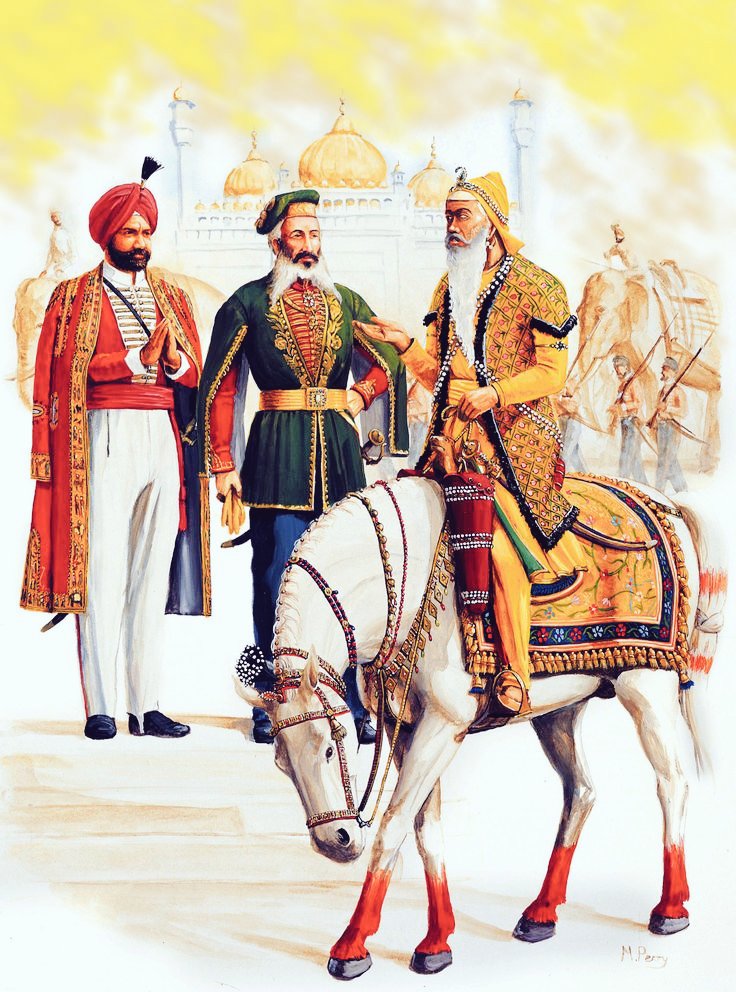

![You can see the Western style of uniform being adopted & practiced. The army was quite secular & you can notice the Hindu & Muslim soldiers alongside Sikhs.The army was divided in two types: Regular Army [quite traditional] & Royal Army [modern force]. You can see the Western style of uniform being adopted & practiced. The army was quite secular & you can notice the Hindu & Muslim soldiers alongside Sikhs.The army was divided in two types: Regular Army [quite traditional] & Royal Army [modern force].](https://pbs.twimg.com/media/EcrLti1U8AAK1_a.jpg)
![You can see the Western style of uniform being adopted & practiced. The army was quite secular & you can notice the Hindu & Muslim soldiers alongside Sikhs.The army was divided in two types: Regular Army [quite traditional] & Royal Army [modern force]. You can see the Western style of uniform being adopted & practiced. The army was quite secular & you can notice the Hindu & Muslim soldiers alongside Sikhs.The army was divided in two types: Regular Army [quite traditional] & Royal Army [modern force].](https://pbs.twimg.com/media/EcrLuCPUMAE3G2W.jpg)
